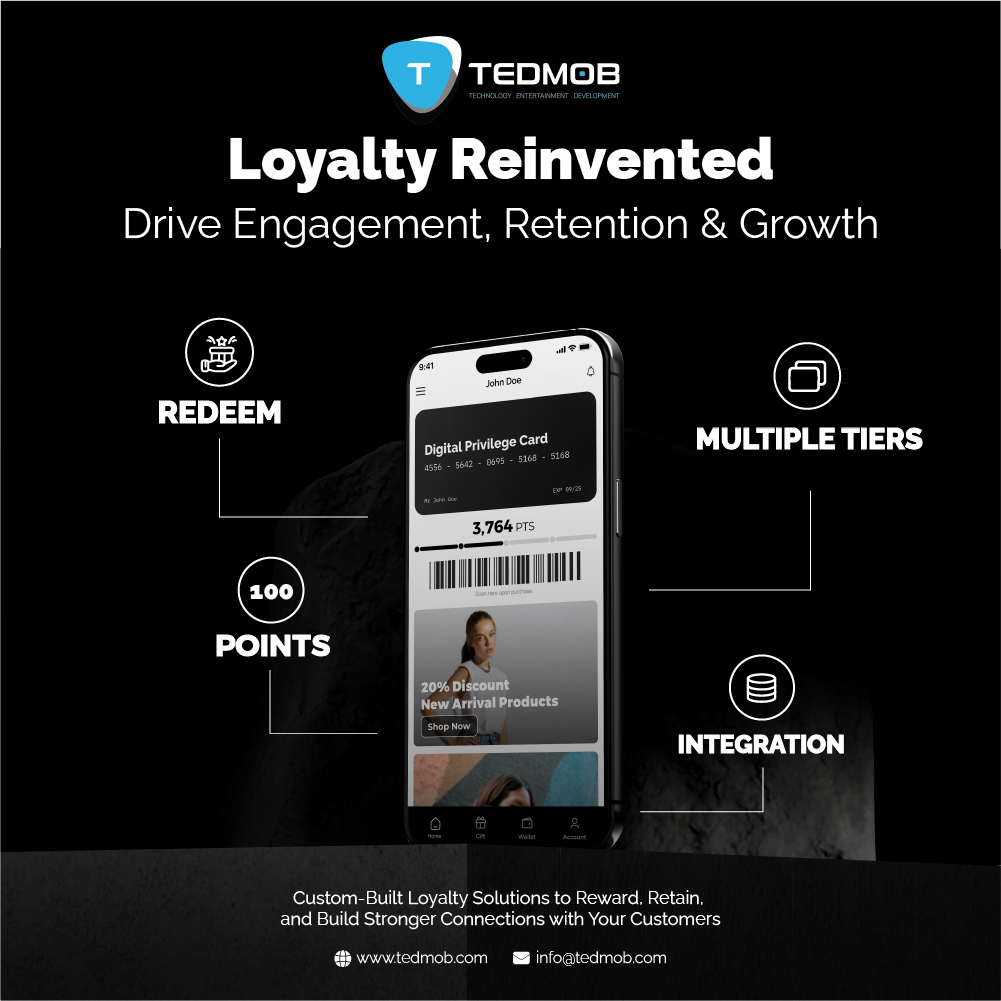In 2006, data was coined “the new oil” of the economy by British mathematician, Clive Humby. Over 18 years, privacy concerns have generally created barriers to its full utilization, leading to the globalized perception that data analytics and privacy are inherently at odds. However, in 2025, this view is arguably limiting as businesses can adopt various strategies that balance privacy protection with effective data analysis.
The emergence of privacy-first data analytics embraces this balance, offering an approach that safeguards personal information while still providing valuable insights. By leveraging techniques designed to protect confidentiality, organizations can analyze data responsibly without compromising individual privacy.
Here are some key aspects and principles associated with privacy-first data analytics:
- Data Minimization: Limiting the collection and retention of personal data to only what is necessary for analysis purposes.
- Anonymization and Pseudonymization: Techniques like anonymization (removing identifiable information) and pseudonymization (replacing identifiable information with pseudonyms) are used to protect privacy while facilitating meaningful analysis.
- Differential Privacy: A mathematical framework that adds noise to datasets to prevent the identification of individuals while still ensuring accurate analysis at an aggregate level.
- Privacy by Design: Integrating privacy considerations into the design of data analytics processes and systems from the outset. It is strongly recommended to implement this to prioritize privacy in digital systems.
- Secure Computation: Using cryptographic techniques such as homomorphic encryption to perform computations on encrypted data without decrypting it, thereby preserving privacy.
- Transparency and Accountability: Providing clear information to individuals detailing how their data is used and taking accountability for data handling practices.
- Regulatory Compliance: Adhering to legal and regulatory requirements related to data privacy, such as the General Data Protection Regulation (GDPR) in Europe or the California Consumer Privacy Act (CCPA) in California.
- Ethical Considerations: Ensuring that data analytics practices are conducted ethically, respecting individual rights and avoiding harmful outcomes.
ICT: Balancing Data-Driven Innovation
As organizations strive to harness the power of data, the need for privacy-first analytics is becoming more crucial. With digital transformation accelerating, businesses must strike a balance between unlocking valuable insights and safeguarding data privacy and security.
- Telecom and Network Security
It’s common knowledge that telecom operators collect massive datasets via mobile networks, call records, and internet usage. Through privacy-first analytics, they can analyze network performance, detect fraud, and optimize services without exposing personal data. Differential privacy helps telecom providers analyze user behavior patterns without revealing individual identities.
Researchers have already investigated the application of federated learning—a decentralized machine learning (ML) approach—to predict traffic in 5G base stations. Through this method, multiple base stations collaboratively trained models without sharing raw data, thereby preserving user privacy. The study showcased federated learning's potential in enhancing network performance while upholding data confidentiality.
- AI and Big Data in ICT
AI-driven analytics in the ICT sector relies on training models using vast datasets. Privacy-enhancing technologies (PETs) such as federated learning allow AI models to be trained on decentralized data without transferring raw user data. For example, Google’s federated learning on mobile devices improves predictive text and voice recognition without sending private data to central servers.
In 2023, Saudi-based tech startup, Lucidya, unveiled Luci, an AI-powered virtual analyst designed to provide insights and recommendations based on customer interactions. Lucidya emphasizes data privacy in its analytics solutions, ensuring that businesses can enhance customer experiences (CX) without compromising individual privacy.
- Smart Cities and IoT
ICT is a backbone of smart city infrastructure, where sensors and Internet of Things (IoT) devices collect data to optimize traffic, energy use, and public services. Privacy-first analytics ensures that citizens’ personal data remains secure while offering valuable insights.
Researchers in the UAE developed a mechanism combining blockchain and federated learning to preserve the privacy of healthcare IoT data. This approach collaboratively trains machine-learning models across multiple devices without centralizing sensitive patient data, enhancing both privacy and predictive accuracy in healthcare analytics.
- Cloud Computing and Data Storage
Cloud providers handle vast amounts of sensitive user data. Privacy-first approaches, such as zero-trust architectures and end-to-end encryption (E2EE), ensure that only authorized users can access data, reducing exposure to cyber threats. Secure multi-party computation (MPC) enables different cloud service providers (CSPs) to analyze encrypted datasets collaboratively without revealing raw data.
- Regulatory Compliance in ICT
With stringent data protection laws like the GDPR and CCPA, ICT companies must ensure compliance while leveraging analytics. Privacy-first strategies help them adhere to these regulations without compromising innovation. Telecom companies must anonymize customer data when sharing insights with third-party vendors to comply with privacy regulations.
Moreover, in February 2025, Qatar's government entered a five-year partnership with Scale AI to integrate artificial intelligence (AI) into public services. The collaboration aims to enhance efficiency through predictive analytics and data analysis while ensuring data privacy and security.
- Digital Identity and Authentication
ICT-driven identity management systems are increasingly using privacy-first approaches, such as self-sovereign identity (SSI), where users control their own data and share only the necessary details. Decentralized identity frameworks in blockchain-based authentication verifies a user’s credentials without exposing personal information.
In 2023, Eurostat, the statistical office of the European Union (EU), explored the utilization of mobile network operator (MNO) data to generate official statistics on human mobility. To ensure individual privacy, the project employed a trusted execution environment provided by Cybernetica’s Sharemind technology. Through this approach, data was analyzed without exposing personal information, demonstrating the scalability and potential of privacy enhancing technologies (PETs) in statistical computations.
- Cybersecurity and Threat Detection
Privacy-first analytics helps detect cybersecurity threats by analyzing encrypted traffic patterns instead of raw data. This approach enhances security without violating user privacy. AI-driven threat detection in internet service providers (ISPs) can analyze encrypted network metadata to identify potential cyberattacks.
Additionally, in December 2024, the U.S. Federal Trade Commission settled with data brokers for unlawfully collecting and selling sensitive location data without user consent. The data tracked individuals' visits to sensitive locations, raising significant privacy concerns. As part of the settlement, the companies agreed to cease using such data and implement opt-out mechanisms, marking a pivotal move in regulating data brokerage practices.
The Evolution of LLMs in a Privacy-First Era
Balancing data-driven insights with privacy protection is a growing challenge in today’s digital landscape. With the accelerated boom of artificial intelligence, large language models (LLMs) offer a powerful solution as they can analyze, interpret, and generate human-like text while adhering to privacy-first principles. By embedding privacy at their core, LLMs can transform enterprise data analytics, delivering valuable insights without compromising security or regulatory compliance.
Privacy-enhancing techniques such as pseudonymization, anonymization, and tokenization can be strengthened through LLMs, helping businesses extract meaningful information while keeping personally identifiable data secure. These models can also help organizations navigate complex regulatory landscapes by identifying compliance risks, flagging potential violations, and suggesting corrective actions.
Beyond compliance, LLMs can unlock critical customer insights from surveys, reviews, and social media while preserving user anonymity. By integrating advanced privacy frameworks like differential privacy, federated learning, and secure computation, LLMs are shaping a future where businesses can harness the power of data responsibly, maximizing innovation while upholding strict privacy standards.
Read More on Data Privacy and Security:
Safer Internet: Data Privacy and Backups
Shielding the Smart: A Holistic Approach to IoT Security
Security Requirements and Challenges of 6G Technologies and Their Applications










